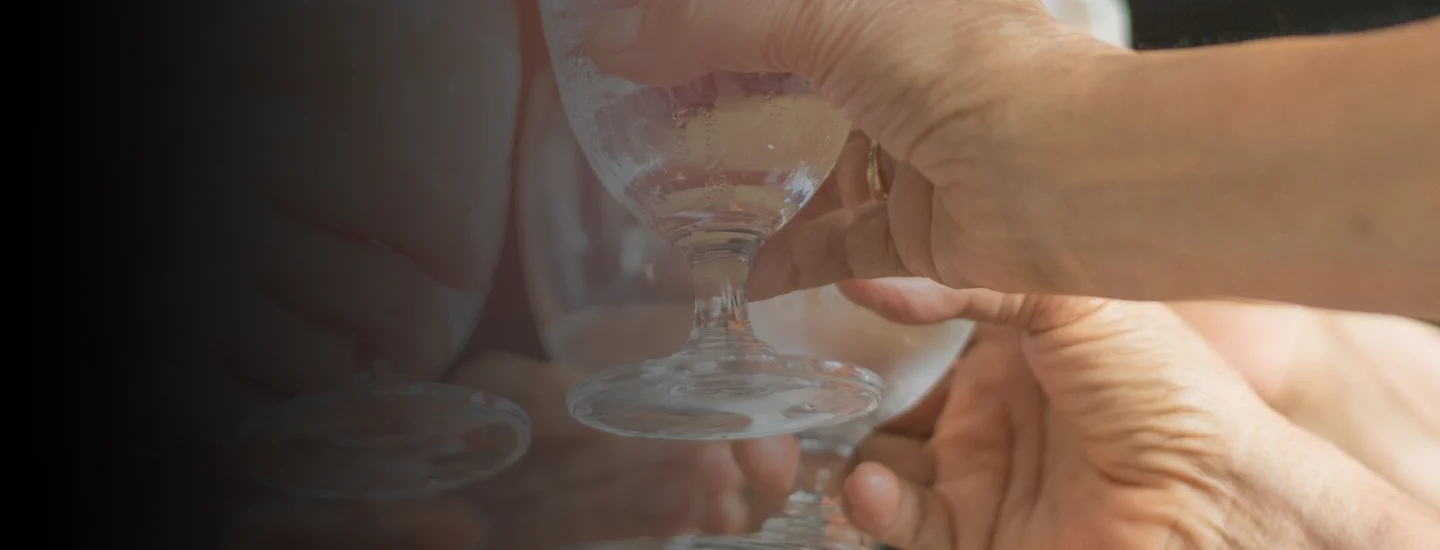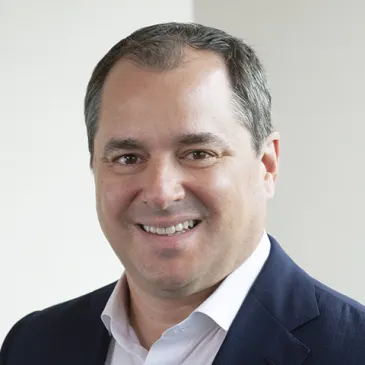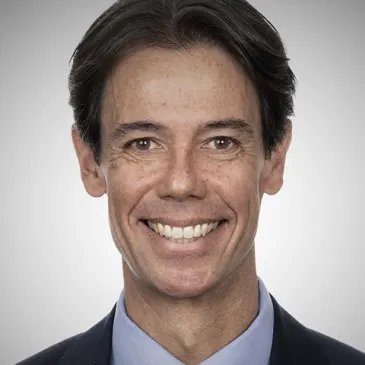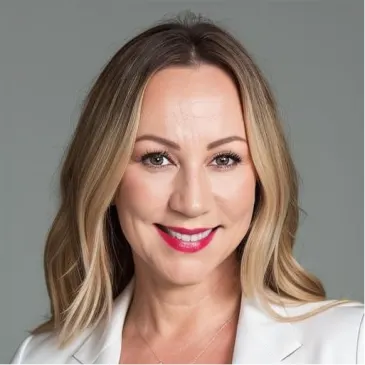No/low alcoholic beverages are increasingly popular and the industry’s biggest players are scrambling to find ways to profit from the trend. It’s fair to ask how long the buzz will last.
A growing number of Americans are engaging in an increasingly popular post-holiday tradition: Dry January. While transitory abstinence is becoming routine, a deeper shift is underway in the drinks market: consumers are integrating no/low alcohol beverages into year round consumption habits.
Major beverage alcohol players should no longer dismiss no/low alcohol beverages as novelty. What was once a niche market characterized by flavorless, uninspiring beverages offered by small producers is poised to upend industry conventions. Fearing missing out on the trend, industry giants rushed into the market with no/low alcohol versions of full ABV strength brands and more sophisticated options.
Momentum is noticeable: approximately one in five Gen Zers and Millennials purchased non-alcoholic beer in the past 12 months, helping drive the no/low alcohol beverage market to an estimated $18.5 billion in retail value worldwide.
There are still several questions stemming from the no/low alcohol hype. What’s driving consumer demand? Is the growth trend sustainable? Will the segment be large enough to justify so many offerings? How might the market shape up?
Our view on the future of the no/low alcohol beverage market is more measured, particularly as the market already shows signs of saturation and growth rates normalize across the globe.
Renewed interest in an old idea
No/low alcohol beverages are not a new idea. During Prohibition, “near beer” beverages containing less than 0.5% alcohol were widely marketed as legal alternatives to alcoholic drinks. After the 13-year alcohol ban was lifted in 1933, no/low alcohol beverages nearly vanished. Not until the 1990s when Anheuser-Busch introduced O’Doul’s did a mainstream no/low alcohol beer become widely available across the country.
This trend caught fire beginning in the mid-2010s and the market has since been flooded with myriad new no/low alcohol options, including variations of best-selling full ABV strength brands.
The market for no/low alcoholic beverages across top 10 leading countries, representing 70% of worldwide sales, is estimated at $13 billion in 2023, up from $11 billion in 2022 and $8 billion in 2018, according to IWSR. Volume CAGR is forecasted to reach +6% between 2023 and 2027, compared to +5% for the 2018-2022 period.
No-alcohol options are driving the trend, with forecasted volume CAGR of +6%, compared to +3% for low-alcohol. In fact, no-alcohol options now account for 72% of the no/low alcohol segment, compared to 65% in 2018, and are expected to reach 90% by 2026.
In the U.S., the no/low alcohol segment held a 1% value share of total alcoholic beverages in 2022, representing $2.6 billion in retail sales and growing +9% year-on-year. No-alcohol beer represents the bulk of the no-alcohol market (86%), followed by wine (13%) and spirits (1%).
Better taste and distribution meet evolving attitudes and behaviors
There isn’t a single culprit to explain the rise of no/low alcohol beverages, but three main factors contribute to the growth over the past few years.
- Evolving consumer attitudes and behaviors – Millennials represent the largest no/low alcohol consumer cohort. Two main dynamics created the right conditions for the market to develop and accelerate:
- Health consciousness: Greater focus on personal wellness and healthier lifestyles
- Increasing moderation: Stricter drunk-driving laws, combined with responsible drinking advertising campaigns (“sober curious”), are changing younger consumers’ attitudes towards alcohol consumption (“drinking better, not more”).
- Enhanced product offerings – Product innovation has delivered advancements in taste, flavor, texture, and packaging. Additionally, more interesting hybrid offerings – developed from intersections with different types of non-alcoholic beverage categories – have emerged. With improvements in production technology, consumers can now have access to a wider range of options, including seltzers, sparkling wines, ciders, spirits, and mocktails.
- Improved distribution – As the market gained increasing scale, no/low alcohol products have increased distribution. They are now more available to consumers, not only in retail stores, but also in on-premise channels where responsible drinking behavior is critical, including convenience stores, bars, restaurants, nightclubs, and entertainment venues.
FOMO on NO/LOW
Every major beverage alcohol manufacturer has jumped on the no/low alcohol trend, launching relevant versions of the full ABV strength products and/or investing in emerging no/low alcohol beverage brands. No one wants to repeat mistakes made during the surge of craft beers and the meteoric rise of hard seltzers. The scars of missed opportunities left major beverage players with a serious case of FOMO (fear of missing out) on the next big trend.

Heineken was one of the early movers with the introduction of Heineken 0.0 in 2017. Launched in the U.S. in 2019, it is available around the world and became the leading brand in the segment. Over the years, Heineken has expanded its 0.0 portfolio with other global and local brand variations, including Tecate 0.0 in Mexico. Heineken reports that their entire no/low alcohol portfolio reached 15.5 million hectoliters in 2022 and is growing at a low single-digit rate annually.
Other notable examples in the no/low alcohol brewed beverage market include Budweiser Prohibition Brew, Beck’s Blue, St. Pauli Non-Alcoholic, Carlsberg Nordic, Guinness Open Gate Pure Brew, Lagunitas Hoppy Refresher, Corona Non-Alcoholic, and White Claw 0% Alcohol.
Even non-alcoholic beverage companies have claimed their share of the action. Keurig Dr Pepper in 2022 took a minority stake investment of $50 million in Athletic Brewing, America's leading non-alcoholic craft beer maker (reportedly with a 55% share). The transaction represented Keurig Dr Pepper’s second move into the space, following acquisition of the rights to non-alcoholic ready-to-drink cocktail brand Atypique earlier that year.
How much more headroom for growth? Likely not much…
No one has a crystal ball, but the evidence suggests the ceiling will not be as high for no/low-alcohol as it proved to be for craft beer and hard seltzers, nor does it rival the potential for ready-to-drink alcoholic beverages.

The true market potential for no/low alcohol currently lies on the ability to attract and retain “substituters” and to increase their frequency of consumption. However, “substituters” are currently a relatively small portion of the total alcohol-drinking population, limiting consumption to occasions not truly central to their drinking habits. There will continue to be a small base of “abstainers” that may drive steady growth but that is too small to sustain a vibrant market.
Unless those dynamics change significantly, and no/low alcohol makes its way into a larger portion of the population and/or into more mainstream occasions, it is unlikely for no/low alcohol to exceed a mid-single digit share of the total beverage alcohol market.
Implication for market players
As the market likely begins to plateau in the next couple of years, competitive dynamics will intensify and market strategies will have to evolve quickly. In this scenario, we envision the market will continue to deliver steady mid-single-digit volume CAGR and eventually experience rationalization, with 2-3 dominant brands emerging, followed by a long tail of smaller, niche brands. Those exact dynamics have already happened in the hard seltzer market in the U.S. as it matured following the pandemic-induced boom. Margin pressures may follow, as the fight for market share and price competition intensify.
There is still attractive potential for beverage alcohol companies and others who participate in the no/low alcohol market, particularly the ones with a long-term view and a sound strategy.
A few pieces of advice:
- Ride the wave, but be aware it may not last long.
- See the market’s potential for what it is. Hype-driven FOMO is not a sensible strategy.
- Understand the market lifecycle, what signposts to watch out for, and the decisions that are required at each stage. Build your long-range market strategy and financial plan accordingly.
- Consumer behaviors are the best barometer. At minimum, ensure visibility into trial, conversion, and repeat rates. Keep track of shelf velocity.
- Study, recruit, and retain “substituters” – understand most attractive consumption occasions, adopt a more targeted positioning, and drive frequency.
- Expand consumption occasions beyond traditional alcohol-centric situations as a way of enlisting new users. Focus on desirable intrinsic (e.g., refreshing, healthier) and extrinsic (e.g., relaxing) product attributes that can be delivered by no/low alcohol beverages.
- For non-alcoholic beverages, consider alternative go-to-market models, including direct selling, partnerships, and direct-to-consumer (DTC) options. The three-tier system is not a requirement.
- Pick a “winner” in your portfolio, particularly if you have multiple no/low alcohol products/bets. Funnel resources and investments accordingly.



